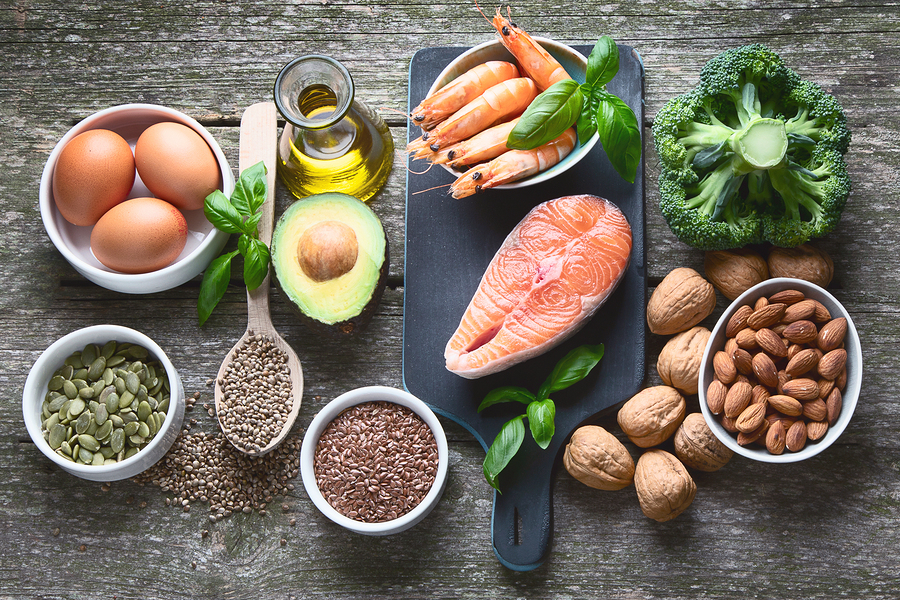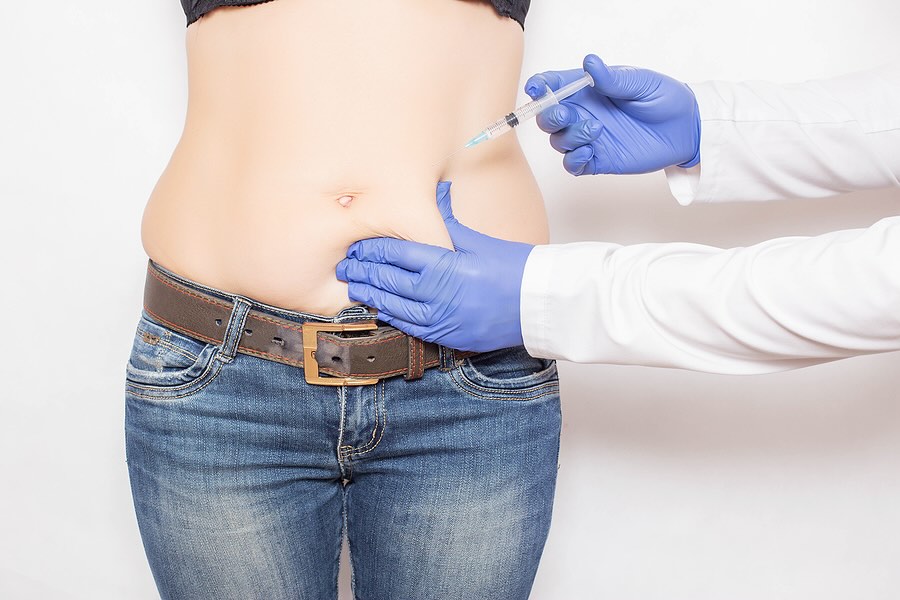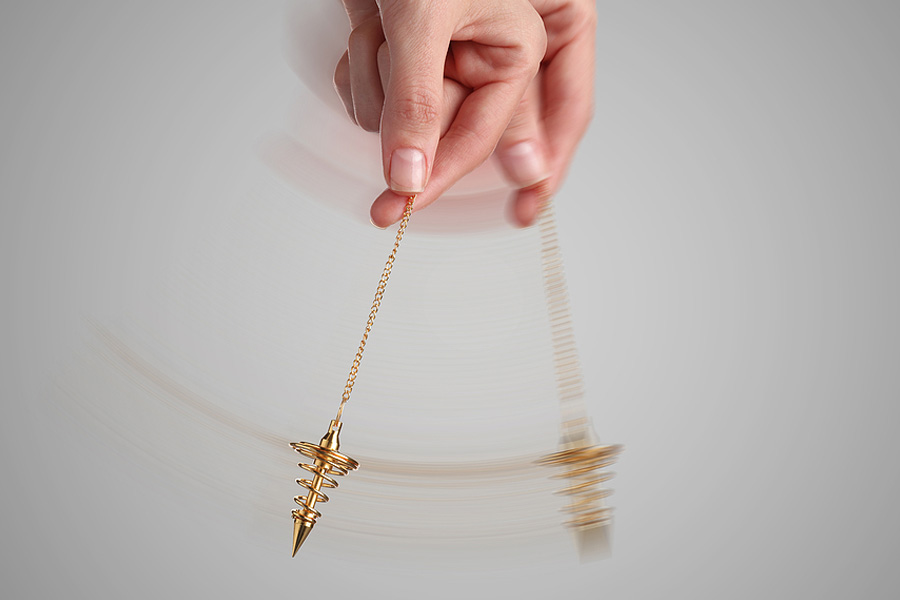Updated 02/02/2020
Like so many of my patients, for years I tried one low-fat, low-cholesterol diet after another. But after failing to lose weight — and feeling poorly despite my “healthy diet,” I did a panel of blood tests on myself. The results were shocking.
That fateful day was more than 25 years ago. Those results were the beginning of my personal search for the truth about cholesterol and fat. What I learned at first surprised me, but now makes perfect sense. And I’ve proven it all in practice, both personally and with thousands of patients.
What surprises me today is that there is still so much confusion about cholesterol and fat. Over 70% of my new patients are still afraid of eating fat — any fat. They think eating fat will make them fat and raise their cholesterol. They think a low-fat diet will help them lose weight and help prevent heart disease.
Of course, it’s not their fault! The bad press about fat and cholesterol has been a problem in the United States for decades now, and although we’re (finally!) starting to hear and see more about the benefits of healthy fats in the media, this is an area that is still filled with misinformation and misunderstandings.
Many people still worry that fat will make you fat, give you a cholesterol problem, and lead to heart disease. In fact the opposite may be true on all counts, especially for women. So let me share with you what I tell my patients about cholesterol and fat. You may be in for a surprise.
Don’t Feel Quilty About Cholesterol and Fat
During my low-fat phase, I always used to feel guilty about enjoying fatty foods. But I learned that the human body is hardwired by evolution to crave cholesterol and fat — so don’t feel guilty! It turns out there are a lot of good reasons for this.
Our bodies equate fat in our food with safety and security. It’s an evolutionary thing. When we don’t eat enough fat, our brains become preoccupied with how to procure it. This is why most low-fat diets fail – at some point our biological imperative kicks in and we “cheat” or binge – and feel like we’ve failed!
You crave cholesterol and fat because they’re essential to your health. For one, when you eat real, healthy fat, you regulate insulin levels and trigger enzymes that convert food into energy. If insulin levels aren’t regulated, you might end up with weight loss resistance, hormonal imbalances, and other health issues.
Fat and quality question
Sometimes, when it comes to health and nutrition, it can seem like we’re surrounded by contradictory reports or flat-out myths. Often this is because we’re not looking closely enough at the nuances and things like quality! For example, when we talk about fat, we have to be a bit careful about what we’re really talking about.
Research has revealed extraordinary benefits of healthy dietary fats for brain, heart, and overall health, and we know that fats are an essential component of a balanced diet. But does that mean that anything with a high fat content is good for you? Of course not.
A lot of the “fatty” foods that are not healthy have something else to blame: sugar. It is also important to stay away from processed and packaged foods, especially those that contain trans fats.
The best choices, whether we’re talking about sources of fat, protein, or carbohydrates, are always going to be whole foods. With that in mind, if we make sure to enjoy healthy, high quality fats like avocado, nuts, seeds, olive oil, and fatty fish, we’ll be well on our way to optimal health and even weight loss!
Related article: No Prescription Required for this Powerful Medicine
EFAs and balancing Your omega 3 – omega 6 ratio
Before we get into the role of fat in the body, let’s touch upon the most important type of fat you need to be eating. Without a doubt, essential fatty acids are just that — essential. They cannot be synthesized in the body and must come from dietary sources. However, while only two of the fatty acids are technically “essential,” all omega-3 fatty acids are in critically short supply in the average American diet.
Some fatty acids, in particular the omega-3s, lower triglycerides and soothe inflammation, helping the liver convert pro-inflammatory blood acids like homocysteine into anti-inflammatory agents. This makes them incredibly powerful and beneficial!
On the other hand, the omega-6s generally play a pro-inflammatory role (although there is evidence that at least one omega-6 fatty acid (gamma linolenic acid, or GLA), found in black currant and evening primrose oils, also prevents negative inflammatory effects). Without getting into the biochemistry in too much detail, what is important to note here is that your body works as a seamless, well-greased system when the ratio of one type of fatty acid to another is in balance.
What does that balance look like? We humans evolved while eating dietary fats in proportions available to us in our food sources, and came to function optimally on this ratio. In the past 70 or so years, this ratio has changed drastically in the modern diet, contributing all sorts of mischief to our health in the form of obesity, cardiovascular disease, and multiple other chronic degenerative diseases.
Let’s elaborate for a moment on that ratio. For optimal health, humans need a ratio of omega-6 to omega-3 fatty acids somewhere between 1:1 and 4:1. Unfortunately, the typical modern diet provides us with way too much omega-6 — between 11 and 30 times the amount we need!
Because we must feed these essential nutrients to our body in the correct proportions to support normal cell growth and repair, that means we have to either radically change the source of fat in our diets or else supplement our intake of omega-3s to a significant degree.
What’s the easiest way to do that? Eicosapentænoic acid (EPA) and docosahexænoic acid (DHA), both found in fish oils and algae, are the two omega-3 fatty acids most highly recommended in supplemental form, and have all sorts of good things going for them in the way of brain and heart health.
We should also increase our intake of foods that are naturally high in omega-3s, like salmon and other fatty fish, walnuts, chia seeds, and avocados.
Related article: The Easiest Way to Feel Better Quickly – Give Nutritional Supplements a Try
Why we need cholesterol
Cholesterol is the mother of all fat molecules in our bodies. We literally run on the stuff. It maintains neurotransmitter and brain function, builds brain and nerve tissue, and nourishes the immune system. It provides the insulation around nerves that transmit electrical impulses. It is a keystone of normal cell function and mood regulation and helps us digest fat-soluble vitamins like A, D, E and K.
It’s essential for women to know that many of our most important hormones, including estrogen and progesterone, are made from cholesterol.
If this is all a little bit surprising to you, you’re not alone! We are so used to cholesterol being painted as a villain. But just like with fat, it’s not as simple as cholesterol being “good” or “bad”. There are different kinds of cholesterol, and the important thing is to maintain a healthy ratio.
You may have heard about the two main kinds of cholesterol, LDL and HDL, and you may have heard that LDL is the “bad” kind. This is a bit of an outdated and overly simplified idea. It’s not that LDL cholesterol is “bad”, it’s just that we don’t want to have too much of it compared with how much HDL cholesterol we have.
We all need cholesterol in order to function! But problems do still arise when levels are too high and when the LDL to HDL ratio is out of balance.
The thing is, these imbalances don’t happen because of a high intake of dietary fat or cholesterol. Cholesterol issues are generally caused by some combination of factors that can include a high intake of sugar and/or processed foods, smoking, and lack of exercise.
If you’re concerned about your cholesterol levels, ask your practitioner to look at this ratio as well as your ratio of triglycerides to HDL.
The trouble with fat substitutes
Our brains aren’t fooled by “fake fat”. Real fat breaks down slowly over 3-4 hours after eating. Eating fat in combination with other foods (especially carbohydrates) slows digestion and signals the brain that you’re full — so you stop wanting more. (You can imagine being hungry after eating a bag of chips — but not after drinking a glass of olive oil!).
Fat substitutes trigger the promise of fat through enzymes in the mouth but never deliver: they don’t break down the same way in the GI tract. Waiting for the real deal, the brain continues to transmit a “still hungry — eat more” message to your stomach.
In fact, there’s a good reason why saturated and unsaturated fats are found together in whole food. Again, it has to do with the energy stored in the bonds between atoms and our ability to stow enough away to survive famine conditions. And once again, balance is the key!
Healthy fats and cholesterol should be part of a balanced diet the way nature intended, including an appropriate ratio of protein, carbohydrates, and vegetables. Healthy people with normal cholesterol levels can get up to 30% of their daily calories from real fat.
Low-fat, low-cholesterol diets disrupt hormonal balance
Low-fat, low-cholesterol diets can be very unhealthy, especially for women. Why? Because all our major hormones are made from cholesterol! These include estrogen, progesterone, cortisol, DHEA, and testosterone.
If we don’t eat enough, our bodies divert cholesterol from our endocrine system to use for brain function and repair. When that happens, it’s almost impossible for our bodies to maintain hormonal balance. Hot flashes, here we come!
Low-fat, high-carb diets can raise cholesterol levels
America has been on a low-fat diet for over 30 years. Yet we’re fatter than ever, we have an epidemic of diabetes, and our cholesterol levels are rising, not falling. One key reason is that low-fat diets can actually disrupt our normal endocrine balance. Here’s how.
Cholesterol is so important to the human body that nature has devised a backup plan in the event your diet falls short — i.e., during a famine. When that happens, your liver steps in to make cholesterol to guarantee your body a baseline level. The high levels of insulin that are released in most low-fat, high-carb diets also trigger the body to siphon off excess blood sugar into the liver to make cholesterol and triglycerides (which are used for energy and fat storage).
In its natural, unstressed state your liver makes 75% of the cholesterol you need. The rest you have to eat — in foods that contain cholesterol like butter, meat, whole-fat dairy products, shellfish and eggs.
If you deprive yourself of cholesterol (and make up those calories with carbs and sugar), your metabolism goes into famine mode and your liver over produces cholesterol to make up the difference and stock up. This overdrive state can’t shut off until you start eating cholesterol again. So, a low-cholesterol, high-carbohydrate diet can actually lead to high cholesterol!
Blood cholesterol levels also respond negatively to emotional stress, perhaps for similar reasons.
Some health practitioners see high cholesterol levels first and foremost as a sign of liver distress. Others think that problems stem more from the oxidation of cholesterol by free radicals than from the presence of cholesterol itself. Both may be true. In any case, that low-fat diet isn’t making you healthier.
It’s time that we not only let fat and cholesterol off the hook, but that we start to celebrate them! As long as we keep our healthy diet and lifestyle principles in mind, we can enjoy high quality fats in abundance, and reap the benefits.







